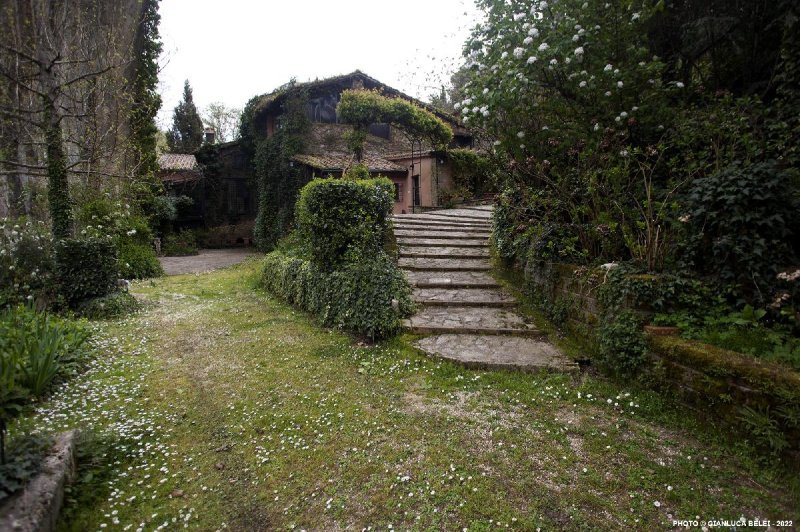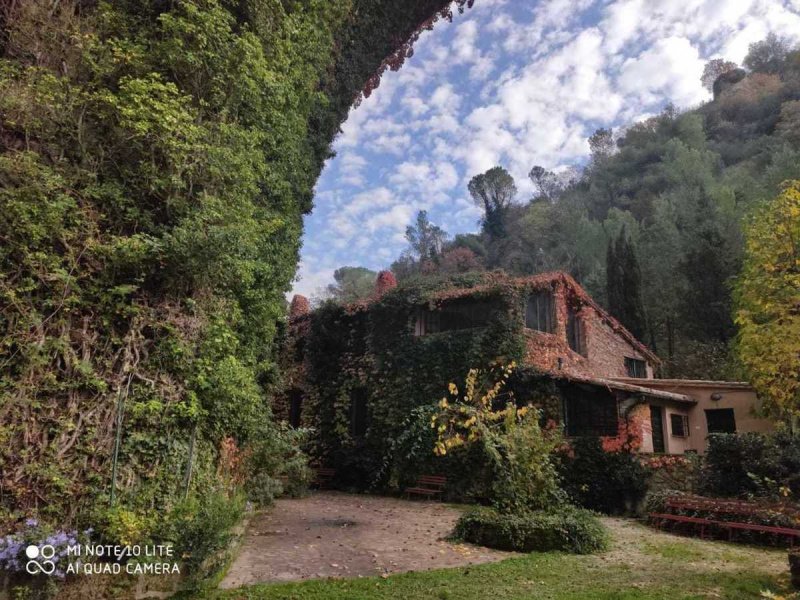Ancient mill used as an accommodation facility stands on the banks of the Nera river in a context of great historical and artistic importance characterized by the ancient Via Flaminia, the Augustus Bridge and the Abbey of San Cassiano.
The Augustus Bridge was built by the Roman emperor from which it takes its name in 27 BC. C. to allow an easier route than the Via Flaminia that connects Rome to Fano.
In 1000 BC it was partially destroyed by a flood, assuming its current appearance.
In the eighteenth century this place became one of the destinations of the Grand Tour, a journey that various gentlemen from all over Europe used to make, thanks to its beauty and its charm.
"Il Mulino" is located a few meters from the Augustus bridge; among the oldest in Umbria and has been owned by the family of the Marquises Eroli di Narni i since time immemorial. Due to its historical importance it is protected by the Italian Ministry of Cultural Heritage as an archaeological site of cultural interest.
Events
The mill, renovated and expanded several times by the Eroli family, is an interesting example of rural architecture in Umbria and is today used, thanks to its large spaces and gardens along the river bank, for conferences, shop windows, weddings, parties and events of various kinds. It is also possible to organize lunches with a capacity of 300 people in the summer and 150-180 in the winter, all in the same room.
The gardens, which include part of the Augustus Bridge, are open to the public from March to November for groups of 10 or more people and are rich in various species of flowers (camellias, rhododendrons, peonies, hydrangeas, roses, tulips) and trees ( birch, acacia, sweet gum, gingobilobe, oaks, euonyms, tulips, viburnum, caenothus, rustiphinae). Autumn colors change towards tones of red and orange, giving the whole garden a touch of particular interest.
In addition to visits to the gardens, for groups of more than 10 people, light breakfasts and snacks can be offered
自动翻译所用的语言
Mulino antico adibito a struttura ricettiva sorge sulle rive del fiume Nera in un contesto di grande importanza storico-artistica caratterizzato dall'antica via Flaminia, dal Ponte di Augusto e dall'Abbazia di San Cassiano.
Il Ponte di Augusto fu costruito dall'imperatore romano da cui prende il nome nel 27 a. C. per consentire un percorso più agevole rispetto alla Via Flaminia che collega Roma a Fano.
Nel 1000 a.C. fu parzialmente distrutto da un' alluvione, assumendo l'aspetto attuale.
Nel XVIII secolo questo luogo divenne una delle mete del Grand Tour, viaggio che vari gentiluomini provenienti da tutta Europa erano soliti fare, grazie alla sua bellezza il suo fascino.
"Il Mulino" si trova a pochi metri dal ponte di Augusto; tra i più antichi dell'Umbria ed è da tempo immemorabile di proprietà della famiglia dei marchesi Eroli di Narni i. Per la sua importanza storica è tutelato dal Ministero dei Beni Culturali italiano come sito archeologico di interesse culturale.
Avvenimenti
Il mulino, ristrutturato e ampliato più volte dalla famiglia Eroli, è un interessante esempio di architettura rurale in Umbria ed è oggi utilizzato, grazie ai suoi ampi spazi e giardini lungo la riva del fiume, per conferenze, vetrine, matrimoni, feste ed eventi di vario genere. È anche possibile organizzare pranzi con una capacità di 300 persone in estate e 150-180 durante l'inverno, tutti nella stessa sala.
I giardini, che comprendono parte del ponte di Augusto, sono aperti al pubblico da marzo a novembre per gruppi di 10 e più persone e sono ricchi di varie specie di fiori (camelie, rododendri, peonie, ortensie, rose, tulipani) e alberi (betulla, acacia, gomma dolce, gingobilobe, querce, euonimi, tulipani, viburno, caenothus, rustiphinae). I colori autunnali cambiano towards tones di rosso e arancione, dando a tutto il giardino un tocco di particolare interesse.
Oltre alle visite dei giardini, per gruppi superiori a 10 persone, possono essere offerte colazioni leggere e snack.


